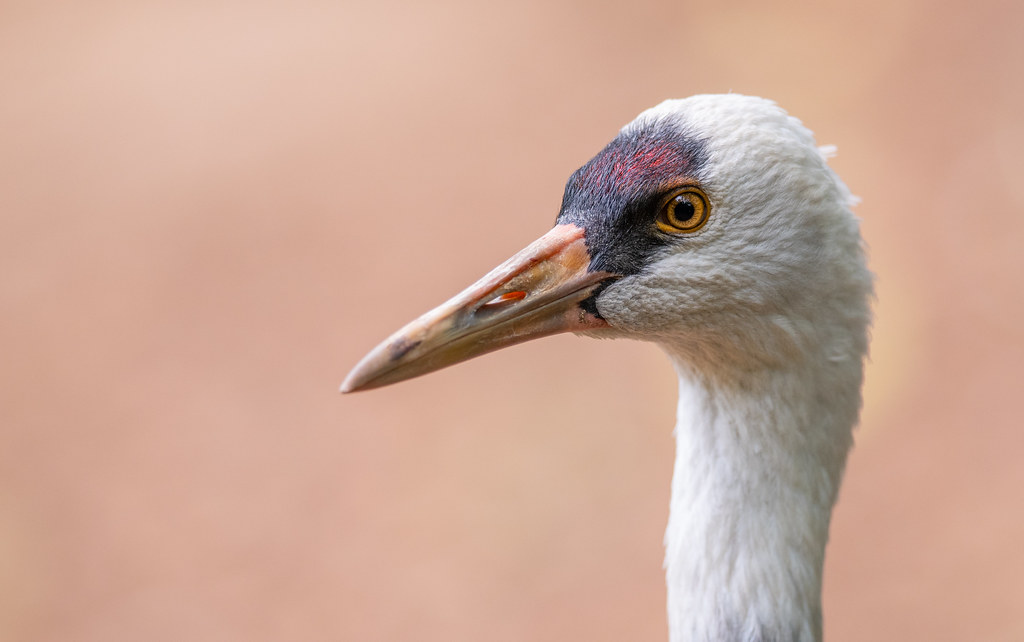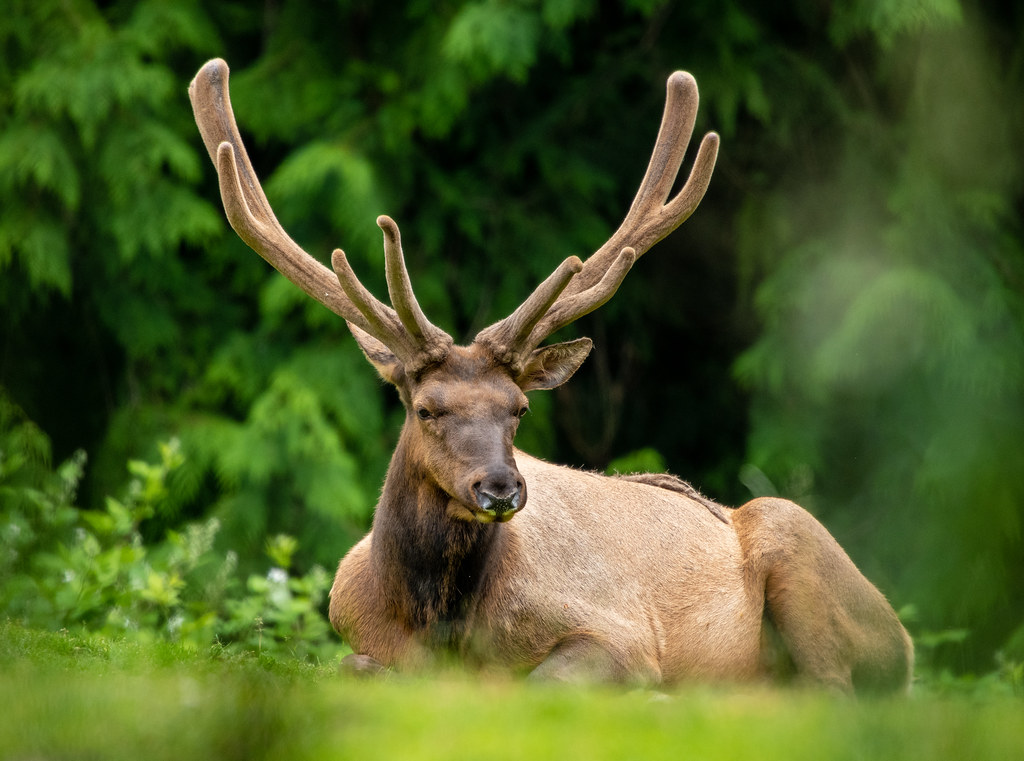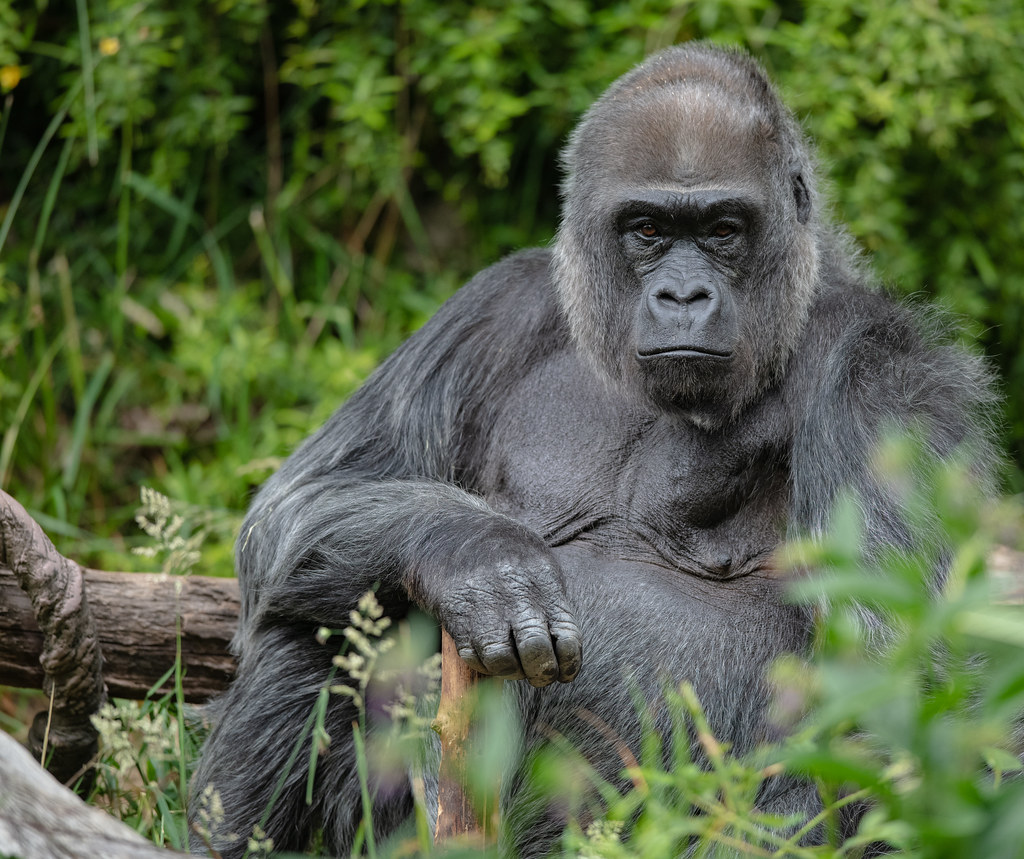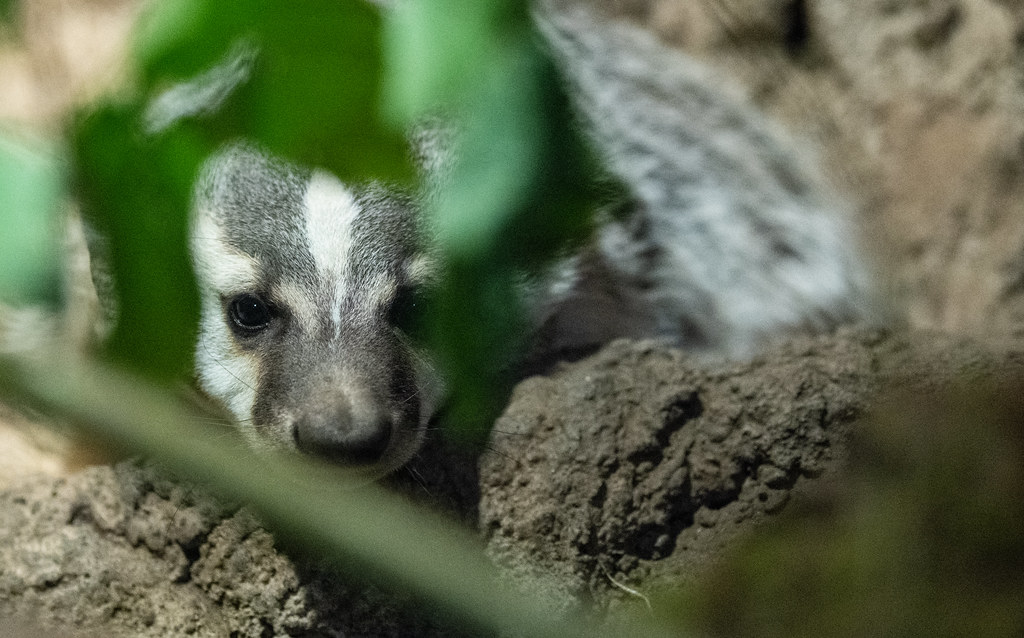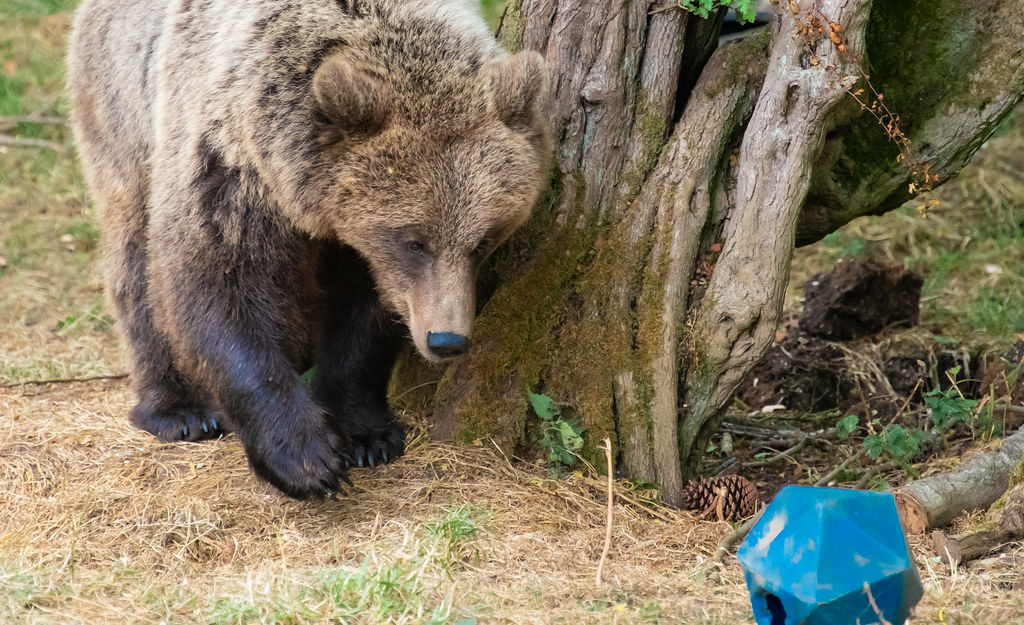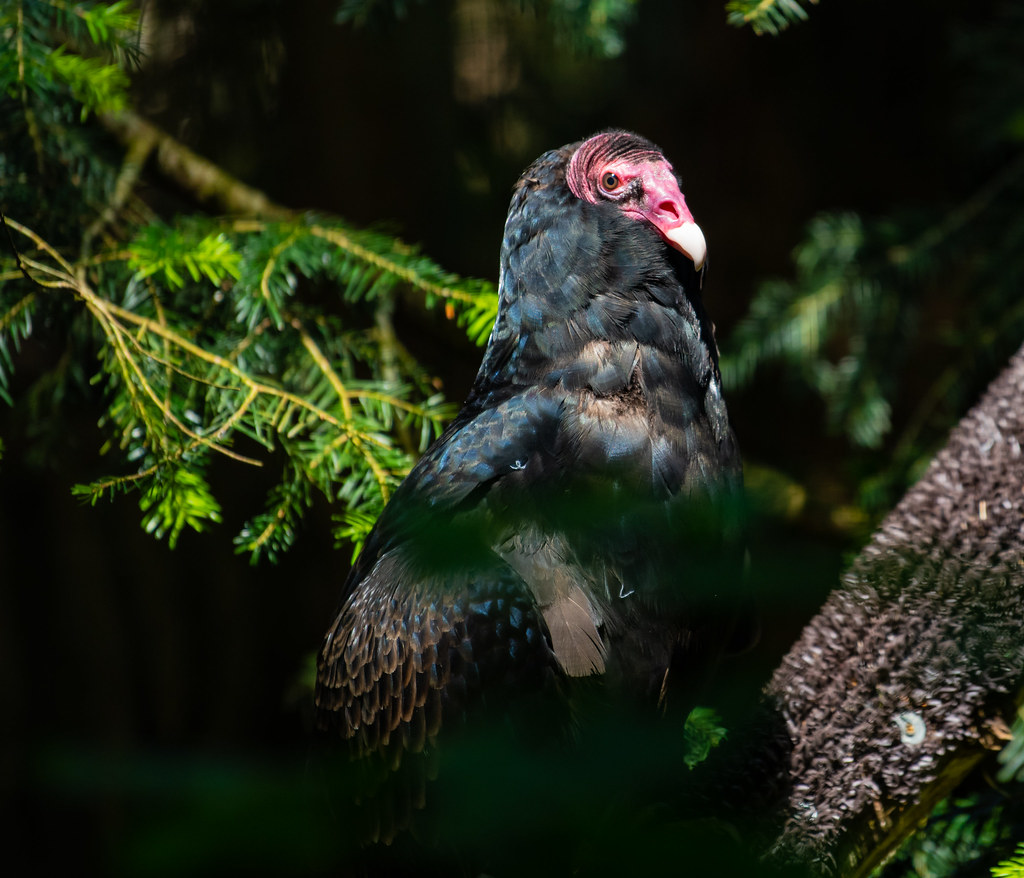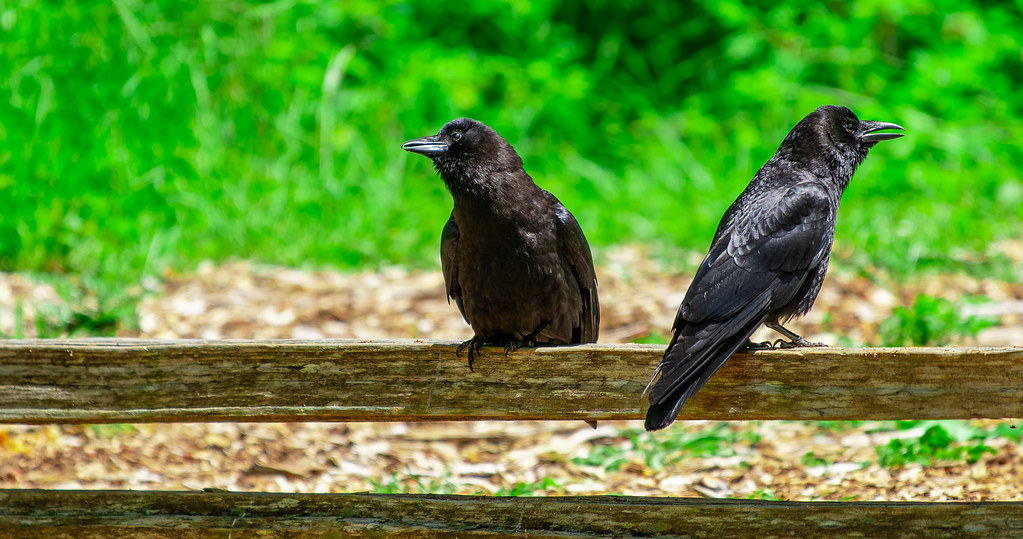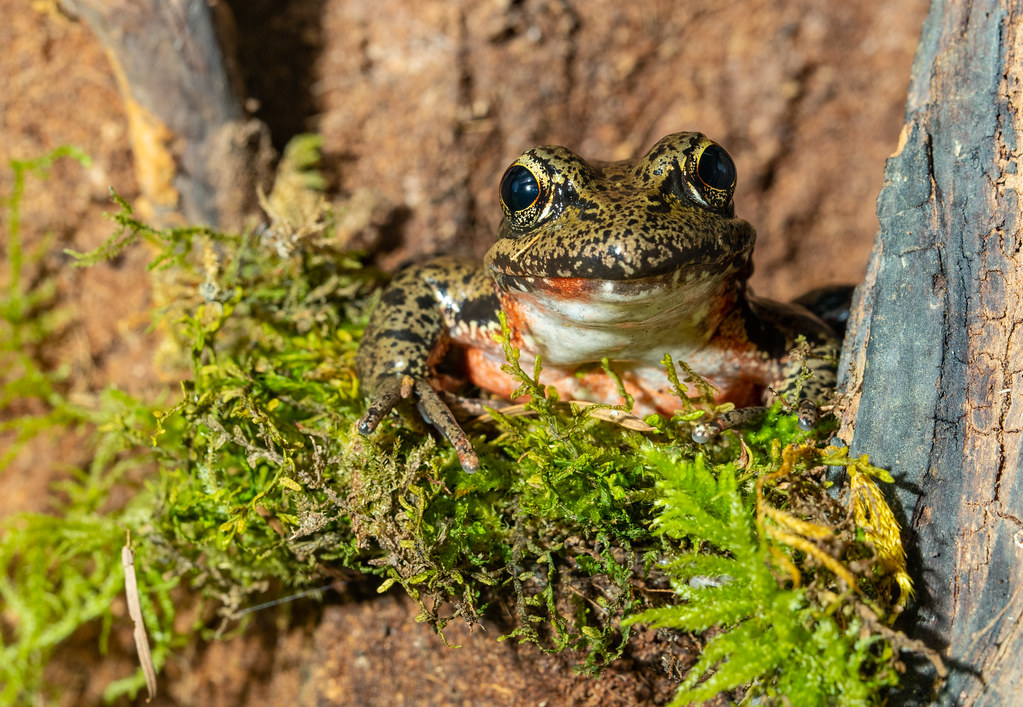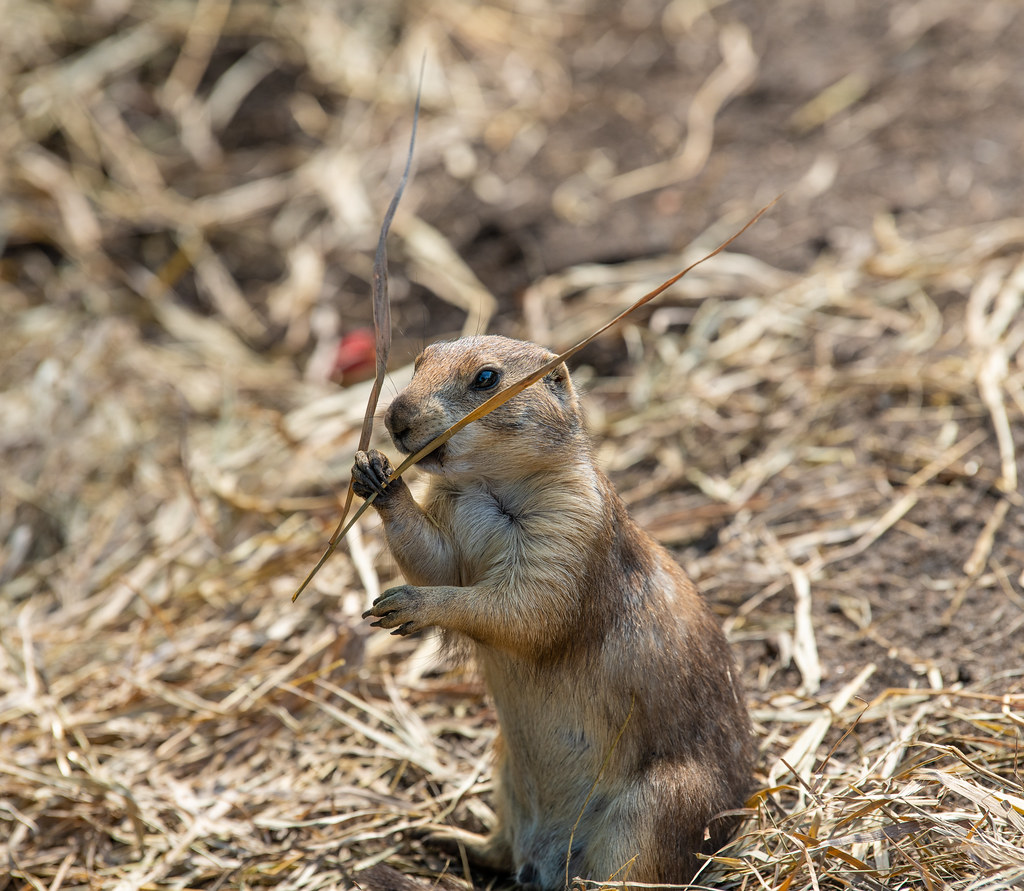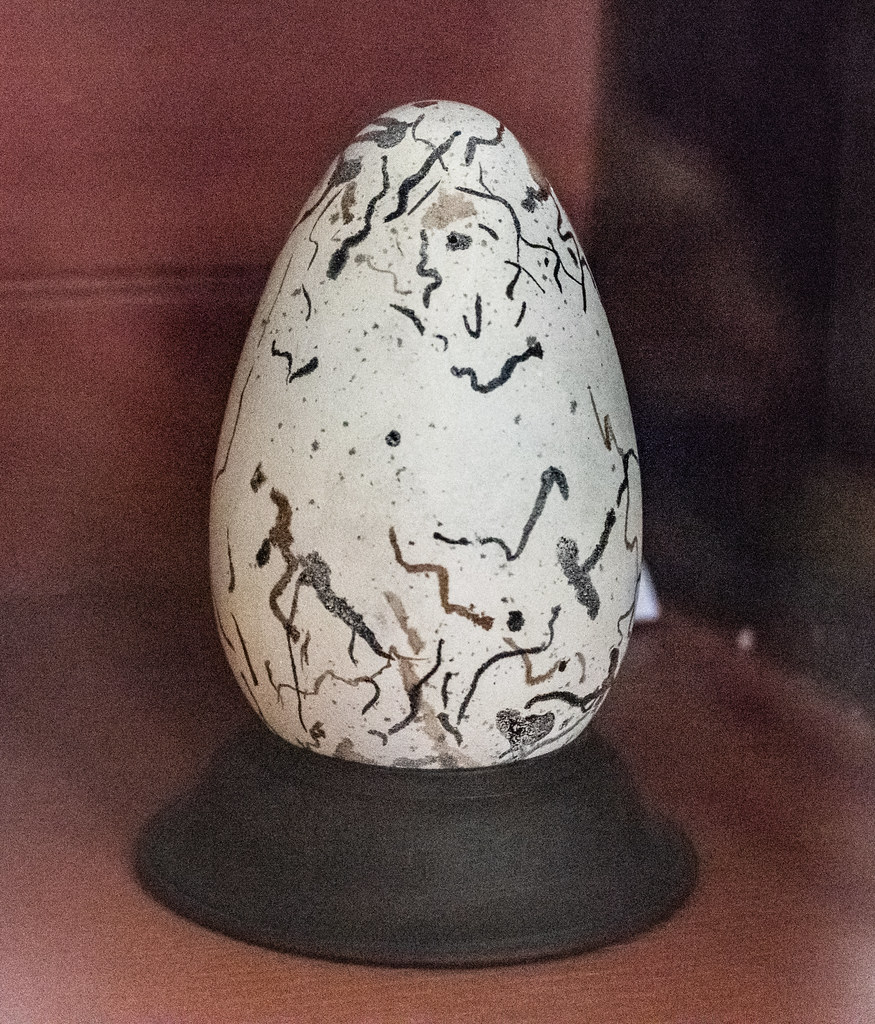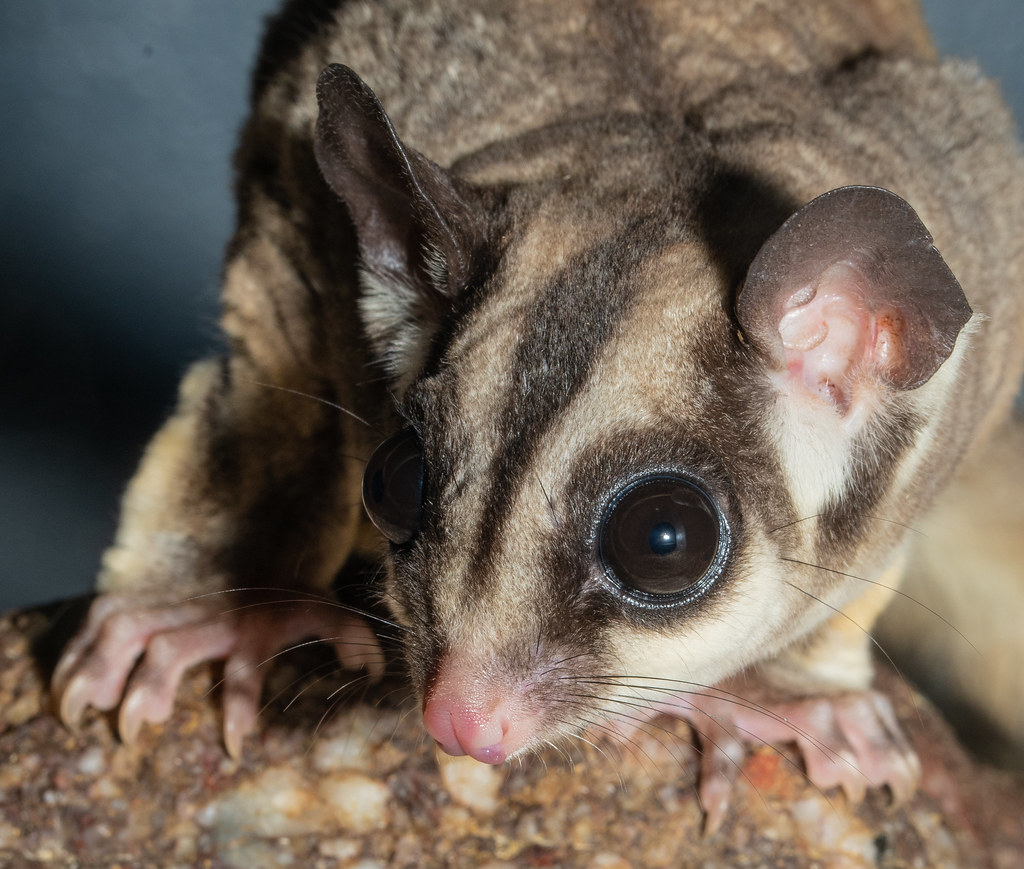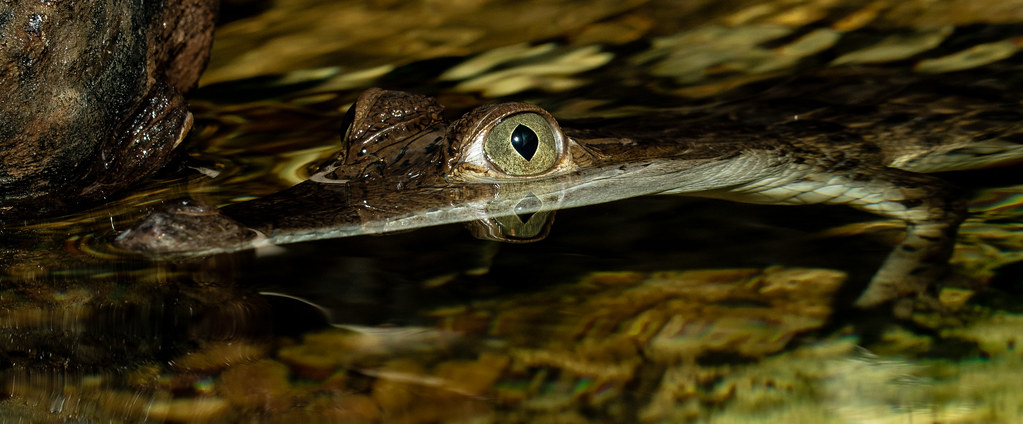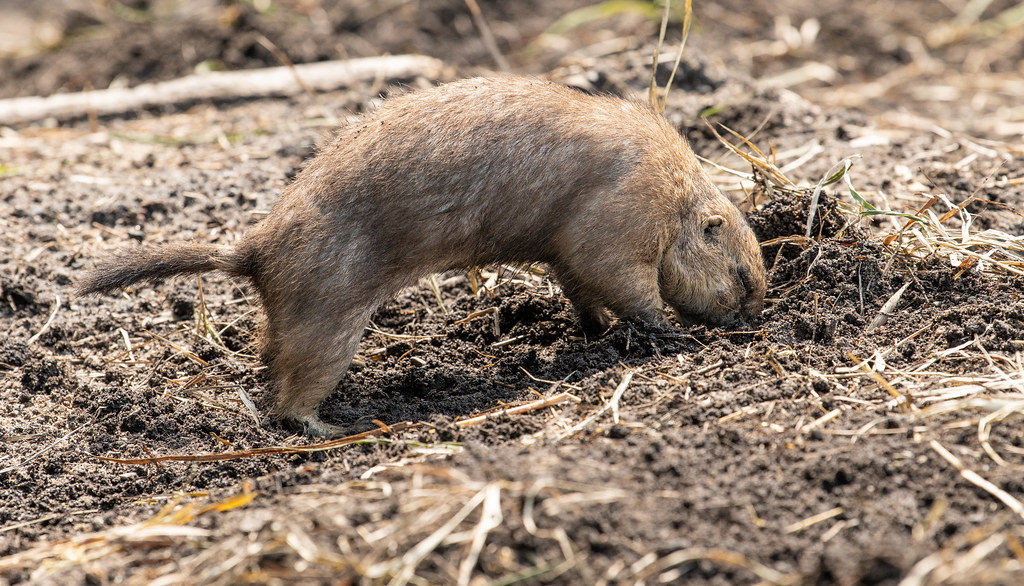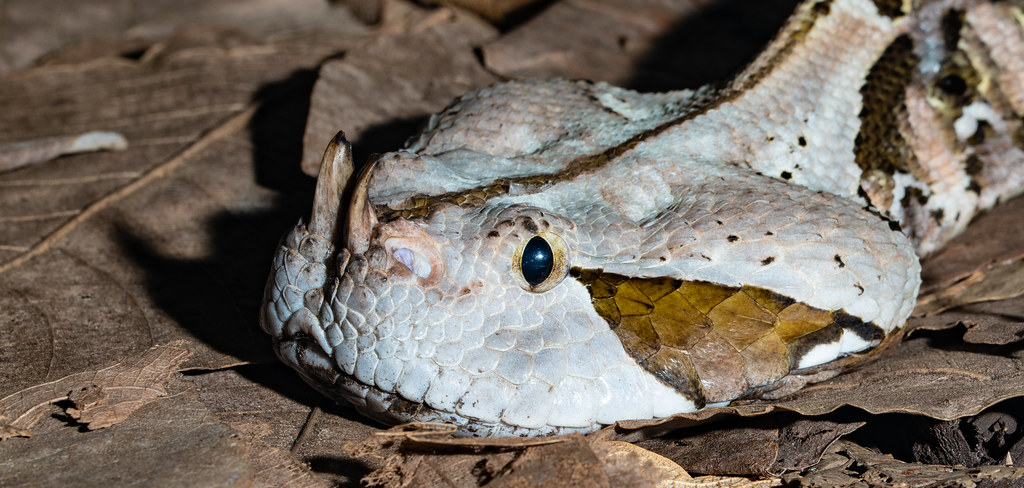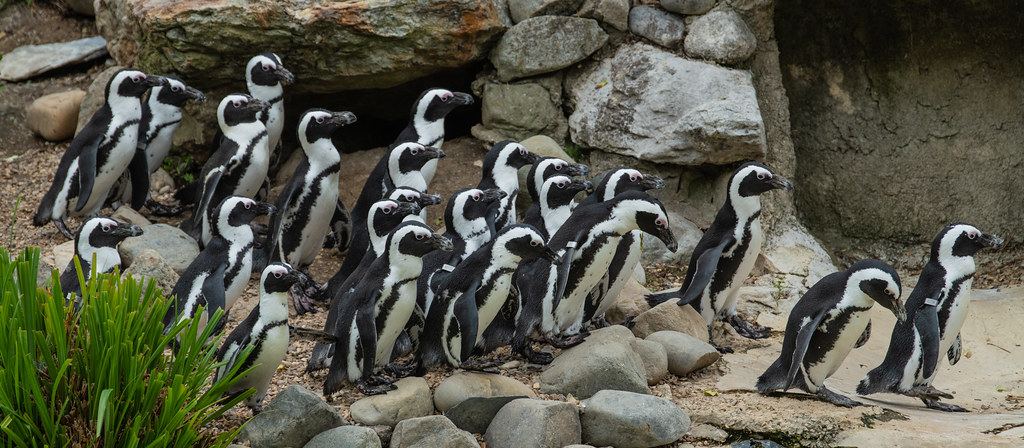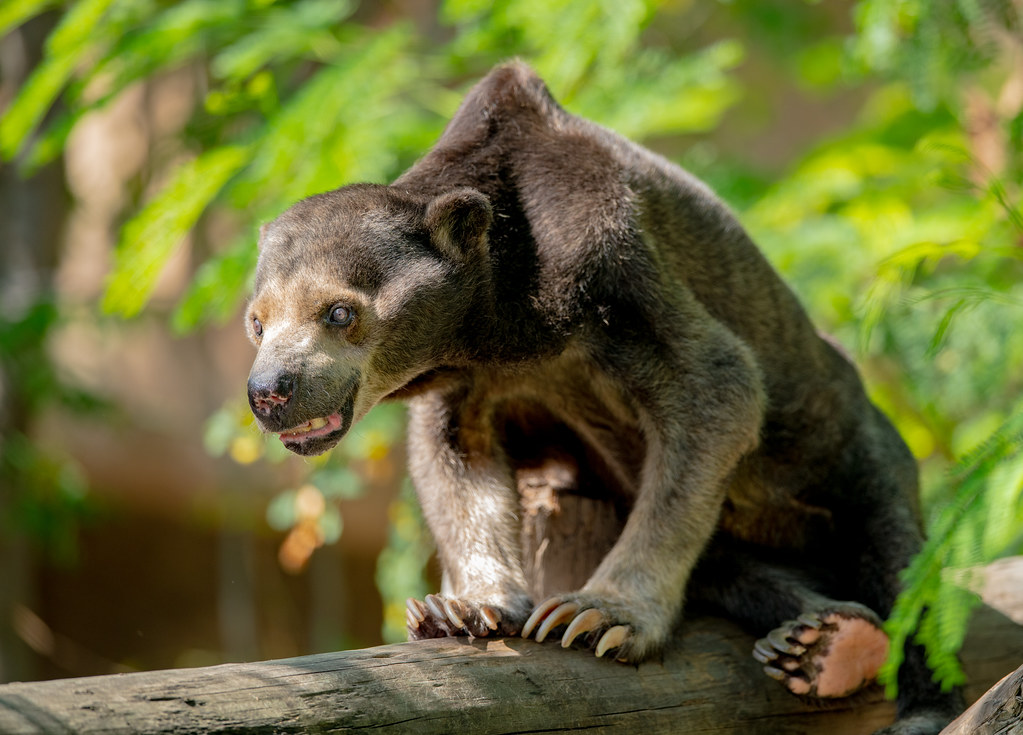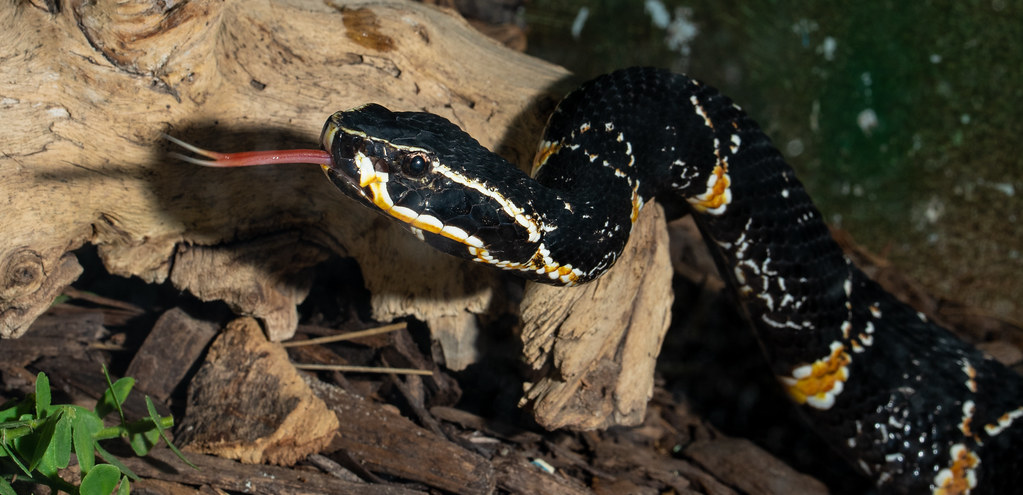This crane’s hood was given to her by Granny Weatherwax.
All posts by Josh More
Elk
Purple Grenadier
This is an ultraviolet photo of a purple grenadier.
See, I had a theory. Since birds have developed UV vision at multiple times in their evolutionary process, and birds are so focused on plumage for breeding, then it would make sense that some birds would develop ultraviolet plumage. This makes even more sense when you stop to think about how feather colour works, as it’s refraction, not pigmentation. Since many known pigments break down under UV light, it is more reasonable to think that birds would have a UV signature than animals like lizards or mammals.
So this summer I took my UV camera around to look at all the birds. I only found one species – the purple grenadier – that has a strong and obvious UV signature in the feathers (there are some birds that have UV markings on the bills of baby birds so the parents can feed them more easily). Check out this page for what it looks like in visible light: http://www.finchinfo.com/birds/finches/species/purple_grenadier.php
Yes, all that’s happened is that the purple areas turned white, but the white is a very special white. See, my UV camera isn’t all that great at detecting UV (most aren’t), and very few things are white outside of the sun and bright reflections of the sun. To bird eyes, it is likely that the white parts of this bird gleam as bright as the sun – even in shadow. The feathers are that reflective.
If their predators see in a different wavelength than their potential mates do, this adaptation may blend camouflage with the vibrant mating colours in a way that I’ve never heard of happening in any other species.
It’s hard to do this photography in Minnesota, as we have so few days with a high UV index, but I hope to take more photos when I head south. Maybe other birds do this too.
Gorilla
North American Badger
Brown Bear
Turkey Vulture
Ravens
Northern Red Legged Frog
Prairie Dog performing The Tempest
Great Auk Egg
Sugar Glider
Mindoro Crocodile
Spider
Prairie Dog performing Henry IV, part 2
Gaboon Viper
Black Footed Penguin
Peppermint Shrimp
Sun Bear
The zoo’s sign states:
“Kelang has been at the Gladys Porter Zoo since the year 2000. This exhibit is her home. Even though she doesn’t look as good as she did many years, she is as happy as a very old bear can be.”
The zoo has to say this because the “keep them in the wild” people not only don’t understand just how little “wild” there is left on this planet, but would rather animals die young, in pain, from illness and injury, than live out their lives in relative comfort.
